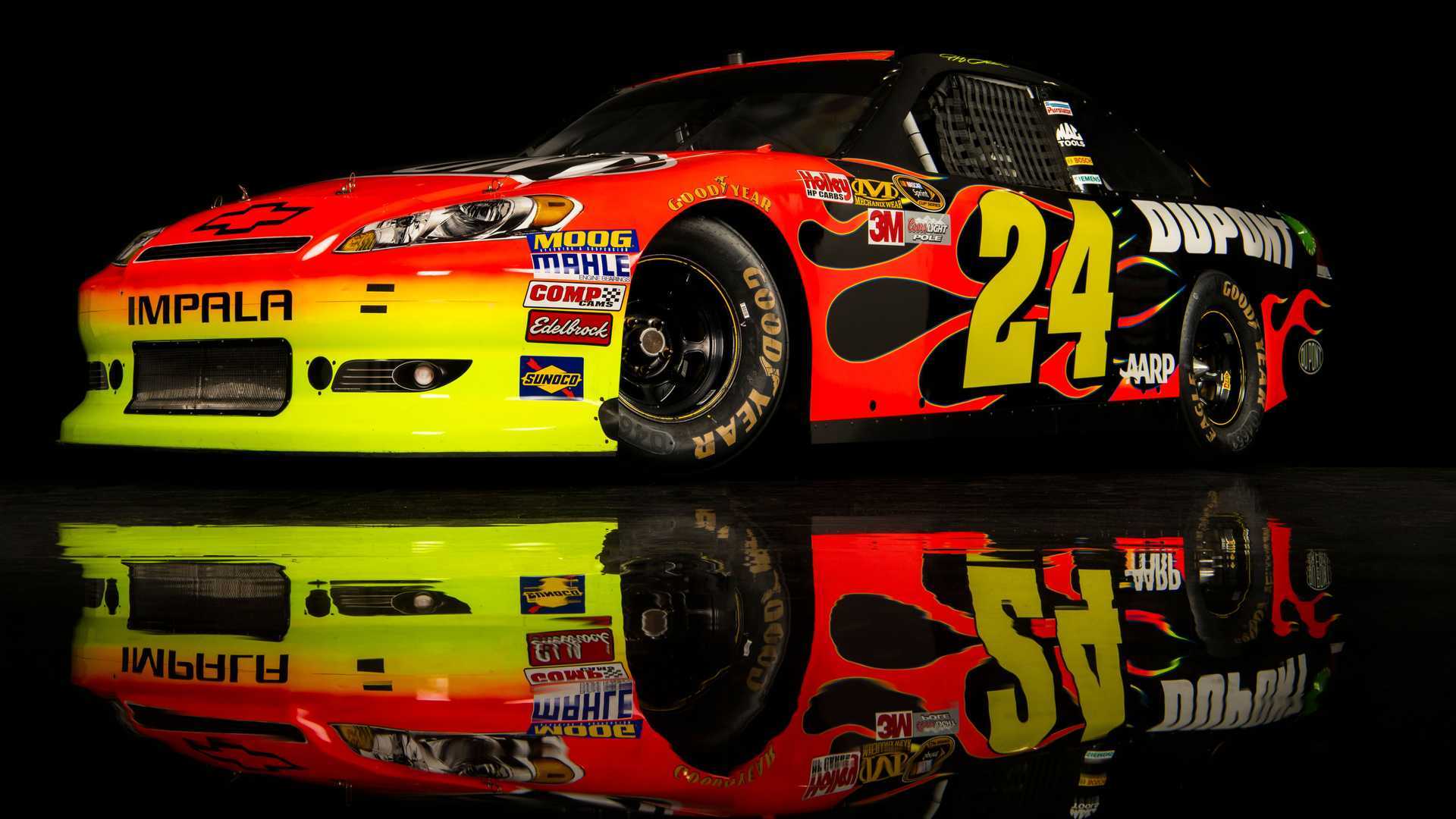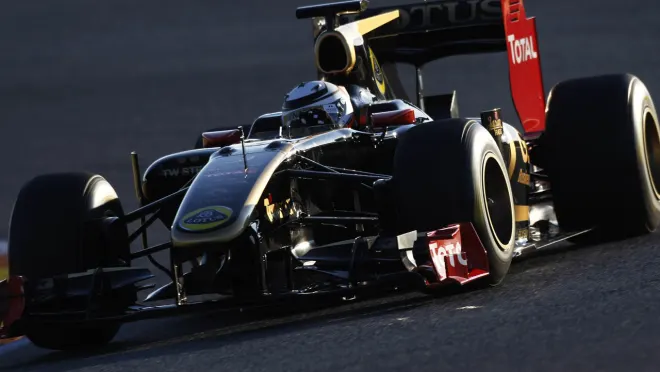It’s a common sight – we hop into our trusty vehicles, turn the key, and off we go. The process seems almost magical, with the engine humming in harmony beneath the hood. Yet, beneath this seemingly mundane task lies a world of intricate engineering marvels. In this comprehensive guide, we delve into the heart of your car’s power source, uncovering the secrets of how car engines work and exploring the various configurations that drive these mechanical powerhouses.
The Marvel of Car Engines
Engines are the unsung heroes of your vehicle, relying on the awe-inspiring principle of internal combustion. This dynamic process entails a series of meticulously orchestrated controlled explosions within the engine’s cylinders. Each ignition of the fuel-air mixture propels the car forward, occurring thousands of times a minute.
The Four-Stroke Symphony
The heartbeat of a typical car engine is known as the four-stroke cycle. This rhythmic sequence consists of four vital strokes: intake, compression, combustion, and exhaust.
- Intake: As the pistons dance in tandem with the crankshaft’s movements, they reach the valves controlled by the camshaft. As the piston descends, the camshaft’s timing belt springs into action, causing the intake valves to open and usher in the fuel-air mixture.
- Compression: The compression stroke follows as the piston ascends, squeezing the fuel-air mixture into a compact space.
- Combustion: Just before the piston descends again, the spark plug ignites the fuel-air mixture, unleashing a controlled explosion that thrusts the piston downwards, producing the energy that powers the engine.
- Exhaust: At the nadir of its journey, the piston unveils the exhaust valve. As it ascends once more, the gases created by the combustion exit through the exhaust valve. This process repeats continuously.
This rhythmic ballet of strokes unfolds within each cylinder of a four-stroke internal combustion engine. While the basic rhythm remains consistent, cars boast multiple cylinders of varying capacities and are configured differently, depending on the type and power output of the vehicle.
A Look at Common Car Engine Layouts
Car manufacturers employ various cylinder layouts to optimize performance and fit the engine within the tight confines of the engine bay. Here are some of the most common layouts:
Straight Engines
Straight engines exhibit cylinders aligned in a linear fashion, running from the front to the back of the car. This layout accommodates more cylinders, making it a favorite for powerful saloon cars such as BMW and Mercedes.
Inline Engines
Inline layouts position cylinders side-by-side in an upright fashion, running perpendicular to the car. This design yields a compact engine with room for other components like the radiator and cooling system. It’s the most prevalent engine layout, found in hatchbacks and small family cars.
V Engines
In a ‘V’ engine, cylinders are set at a 60° angle when viewed from the front, forming a V shape. The two rows of cylinders are connected by a crankshaft at the base of the V. The V engine design allows for a higher cylinder count and is often employed in supercars and premium vehicles.
Flat Engines
Flat engines have horizontally mounted cylinders with two rows facing outward. Though less common, they offer a lower center of gravity within the engine bay, enhancing vehicle handling. Porsche, renowned for its 911 sports car, is a prominent manufacturer of flat-cylinder engines.
The Evolution of Engine Cylinder Configurations
In the past, more cylinders equated to better performance. However, advancements in fuel injection systems and turbochargers have revolutionized the automotive landscape. Today, cars with fewer cylinders can compete effectively. Let’s explore the common engine cylinder configurations and where you’re likely to encounter them:
Twin-Cylinder Engines
These are a rare breed due to their modest power output and capacity. Some manufacturers have adopted turbochargers to enhance the performance of small, eco-friendly twin-cylinder engines. Notable examples include the Fiat TwinAir engines, featured in models like the Fiat 500 TwinAir and Fiat Panda Aria.
Three-Cylinder Engines
Traditionally found in small cars, three-cylinder engines are now making appearances in larger family hatchbacks, thanks to turbocharger technology. They produce a distinct burbling noise and are characterized by their shuddering vibrations, a result of the odd number of cylinders affecting the engine’s balance. The Ford Focus is a prime example.
Four-Cylinder Engines
The most prevalent configuration, four-cylinder engines grace a wide range of small to mid-range cars. Typically arranged in an inline layout, they offer a balanced blend of engine output and are easily turbocharged for added power.
Five-Cylinder Engines
Somewhat rare, five-cylinder engines share the vibration characteristics of three-cylinder engines. Volvo is a notable proponent of five-cylinder engines, leveraging their unique balance against the car’s comfort and refinement.
Six-Cylinder Engines
Six-cylinder powerhouses dominate high-performance and sports cars. They can be configured in a V or straight layout. Historically considered moderately powerful, the advent of turbocharging has catapulted them into some of the world’s mightiest cars.
Eight+ Cylinders
Engines with eight or more cylinders are typically found in the realm of supercars. Their massive capacity and power output make them stand out. These engines are usually arranged in a V formation, earning designations like V8, V10, or V12. Notably, the Bugatti Veyron introduced a game-changer with its sixteen cylinders.
Enhancing Engine Performance with Redex
Whether your car boasts two cylinders or a dozen, there’s a common goal – peak performance. Redex fuel system additives are designed to help unleash your engine’s full potential. Our petrol and diesel fuel additives are meticulously crafted to clean the fuel system, reduce emissions, and significantly improve your engine’s efficiency.
With a deep understanding of car engines and a commitment to optimizing their performance, Redex stands ready to elevate your driving experience. Your journey on the road to superior engine performance begins here.



